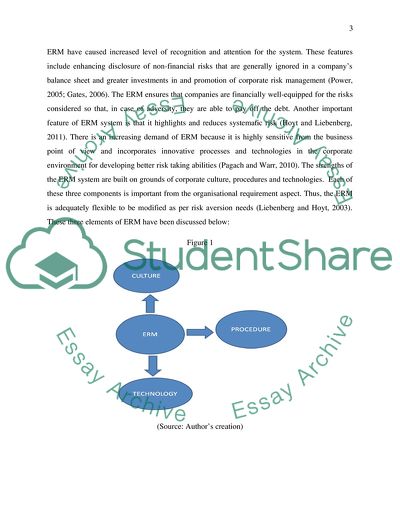Cite this document
(Discuss the role that risk culture played in causing the Barclays Essay, n.d.)
Discuss the role that risk culture played in causing the Barclays Essay. https://studentshare.org/management/1833682-discuss-the-role-that-risk-culture-played-in-causing-the-barclays-libor-scandal-the-london-whale-rogue-trading-losses-of-jp-morgan-and-the-failure-of-hbos-during-the-financial-crisis-what-can-be-learned-from-these-cases-to-help-strengthen-the-risk
Discuss the role that risk culture played in causing the Barclays Essay. https://studentshare.org/management/1833682-discuss-the-role-that-risk-culture-played-in-causing-the-barclays-libor-scandal-the-london-whale-rogue-trading-losses-of-jp-morgan-and-the-failure-of-hbos-during-the-financial-crisis-what-can-be-learned-from-these-cases-to-help-strengthen-the-risk
(Discuss the Role That Risk Culture Played in Causing the Barclays Essay)
Discuss the Role That Risk Culture Played in Causing the Barclays Essay. https://studentshare.org/management/1833682-discuss-the-role-that-risk-culture-played-in-causing-the-barclays-libor-scandal-the-london-whale-rogue-trading-losses-of-jp-morgan-and-the-failure-of-hbos-during-the-financial-crisis-what-can-be-learned-from-these-cases-to-help-strengthen-the-risk.
Discuss the Role That Risk Culture Played in Causing the Barclays Essay. https://studentshare.org/management/1833682-discuss-the-role-that-risk-culture-played-in-causing-the-barclays-libor-scandal-the-london-whale-rogue-trading-losses-of-jp-morgan-and-the-failure-of-hbos-during-the-financial-crisis-what-can-be-learned-from-these-cases-to-help-strengthen-the-risk.
“Discuss the Role That Risk Culture Played in Causing the Barclays Essay”. https://studentshare.org/management/1833682-discuss-the-role-that-risk-culture-played-in-causing-the-barclays-libor-scandal-the-london-whale-rogue-trading-losses-of-jp-morgan-and-the-failure-of-hbos-during-the-financial-crisis-what-can-be-learned-from-these-cases-to-help-strengthen-the-risk.


